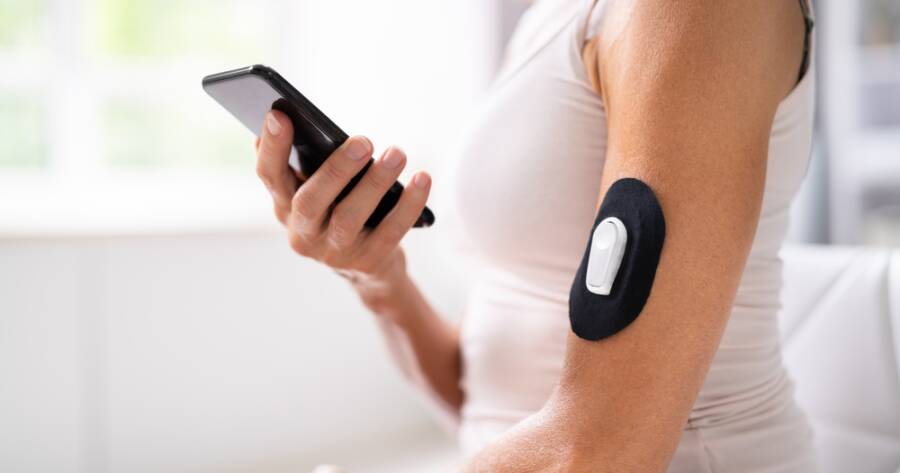Medicare’s updated policy on glucose monitor coverage marks a major step forward in diabetes care for seniors. By expanding access to both traditional and continuous glucose monitoring systems, it enables better blood sugar management and reduces out-of-pocket costs. The change reflects a growing recognition of technology’s role in improving long-term health outcomes for people living with diabetes.
Understanding Medicare Coverage for Glucose Monitors
Medicare’s policies surrounding glucose monitors have evolved significantly over the years, enhancing accessibility for beneficiaries dealing with diabetes. Notably, in April 2023, Medicare broadened its coverage to allow approximately 1.5 million more people to access continuous glucose monitors (CGMs).
These devices measure glucose levels in the interstitial fluid between cells and wirelessly convey this data to a receiver or smartphone for real-time blood sugar monitoring. This expansion in coverage is a significant step, providing a vital tool for individuals prescribed insulin for diabetes.
Eligibility and Requirements
To qualify for Medicare coverage of glucose monitors, recipients must have a diagnosis of diabetes and a prescription from their healthcare provider. Furthermore, they need to qualify under Medicare Part B, which classifies continuous glucose monitors as durable medical equipment. This means recipients must pay 20% of the cost after meeting the deductible.
Coverage Details and Costs
Medicare covers certain models of glucose monitors, such as the Dexcom G6 and Abbott Freestyle Libre. Other supplies like blood sugar self-testing kits, test strips, and lancets are also encompassed under Medicare’s benefits, providing comprehensive support for diabetes management.
Additionally, Medicare Part B administers a $35 monthly out-of-pocket cap on insulin administered via non-disposable pumps.
Additional Considerations
Patients using continuous glucose monitoring systems should ensure their healthcare providers and equipment suppliers are enrolled in Medicare. This is crucial as it affects the overall cost paid by recipients, who need to pay only the Medicare-approved amounts.
Notably, the American Diabetes Association recommends CGMs for people with type 1 or type 2 diabetes who administer insulin therapy. The removal of the fingerstick glucose check requirement further facilitates broader access to CGMs.
Medicare Advantage Plans and Their Impact
Beyond Original Medicare, beneficiaries can opt for Medicare Advantage (Part C) plans, which must provide equivalent benefits to Parts A and B. However, out-of-pocket costs differ among specific Part C plans. It’s prudent for beneficiaries to discuss potential costs, coverage, and the necessity of glucose monitoring services with their healthcare providers to avoid unscheduled expenses.
Learn More About Medicare Glucose Monitor Coverage
Understanding the nuances of Medicare coverage for glucose monitors empowers individuals with diabetes to make informed decisions regarding their healthcare management. Medicare’s expansion of CGM coverage is crucial, offering advanced tools to improve blood sugar control.
With a clearer grasp of eligibility requirements and cost implications, beneficiaries can align their diabetes management strategies with available Medicare benefits. Being proactive in learning about these Medicare-approved options can ensure beneficiaries maximize their coverage while minimizing out-of-pocket expenses.
Sources
Medicare CGM Eligibility at AARP
Medicare Glucometer Coverage at Healthline
Therapeutic CGM Coverage on Medicare.gov

